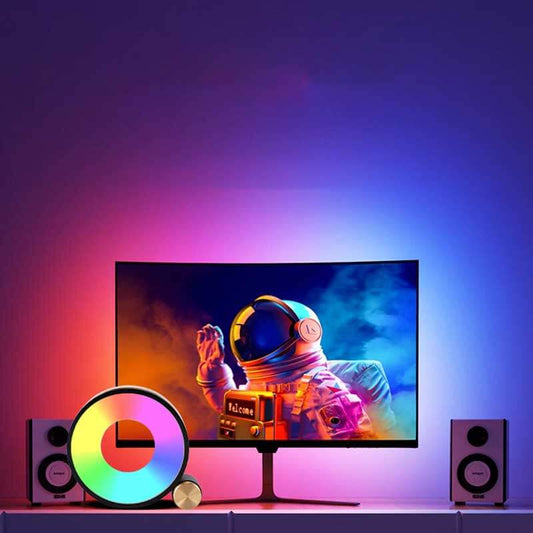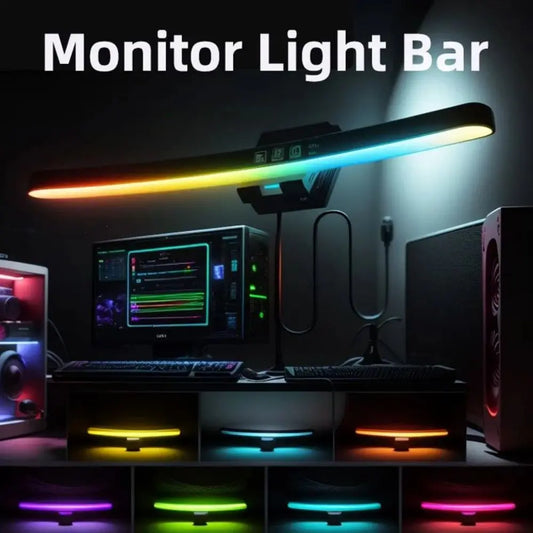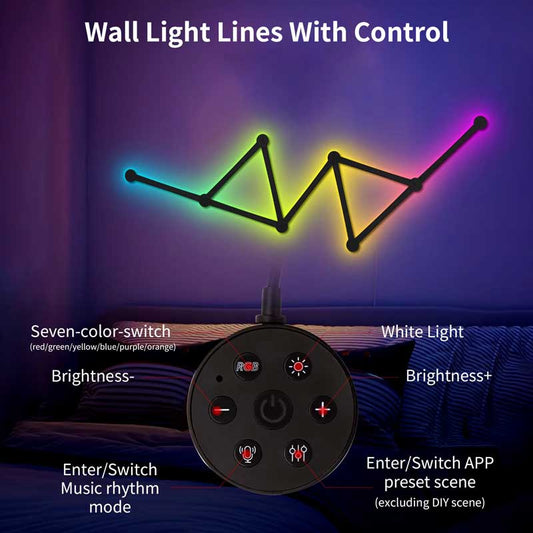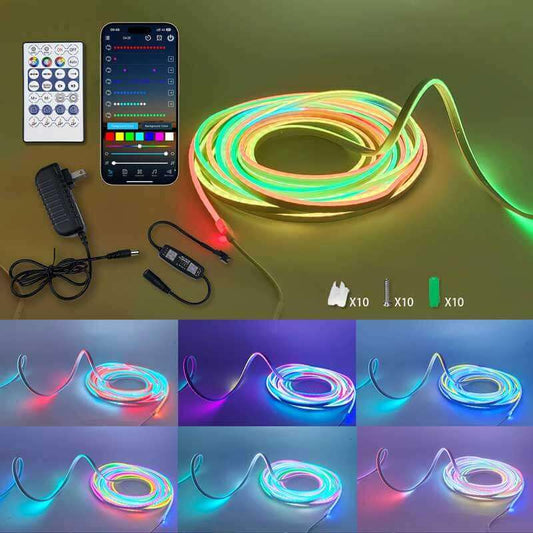What is the difference between RGB and RGBW panels?
Share
Both RGB (Red, Green, Blue) and RGBW (Red, Green, Blue, White) panels are popular choices in lighting design, each offering unique features and benefits. Here's a breakdown of the key differences between RGB and RGBW panels:
RGB Panels:
-
Color Output: RGB panels consist of red, green, and blue LEDs, allowing for the creation of a wide range of colors by adjusting the intensity of each primary color. These panels are capable of producing vibrant and dynamic color displays.
-
Applications: RGB panels are commonly used in decorative lighting, stage lighting, entertainment systems, and architectural lighting where color variation and customization are desired.
-
Color Mixing: RGB panels rely on the mixing of red, green, and blue light to create different colors. While they can produce a broad spectrum of hues, the absence of a white LED may limit the range of pastel and lighter colors achievable.
RGBW Panels:
-
Additional White LEDs: RGBW panels include an additional white LED alongside the red, green, and blue LEDs. The white LED enhances the color palette by providing a dedicated white light source, enabling the production of pastel colors, tints, and shades that may be challenging to achieve with RGB panels alone.
-
Color Accuracy: RGBW panels can offer improved color accuracy and a wider range of color possibilities due to the inclusion of the white LED. This addition enhances the overall color rendering capabilities of the panel.
-
Applications: RGBW panels are commonly used in settings where a broader range of color options and improved color accuracy are required, such as in architectural lighting, retail displays, and areas where subtle lighting variations are crucial.
Key Differences:
-
Color Range: RGB panels rely on color mixing from red, green, and blue LEDs, while RGBW panels expand the color range by adding a separate white LED.
-
Color Accuracy: RGBW panels may offer improved color accuracy and the ability to produce pastel colors and tints more effectively than RGB panels.
-
Applications: RGB panels are ideal for vibrant and dynamic color displays, while RGBW panels are preferred for applications requiring a broader color palette and enhanced color rendering capabilities.
In summary, while both RGB and RGBW panels offer versatile lighting solutions, the inclusion of a white LED in RGBW panels provides enhanced color options, improved color accuracy, and greater flexibility in achieving a wider range of colors and lighting effects.
This comparison highlights the distinctions between RGB (Red, Green, Blue) and RGBW (Red, Green, Blue, White) panels in terms of color output, applications, and color accuracy. Understanding the differences between these panel types can help in selecting the most suitable lighting solution for specific design requirements and applications.




